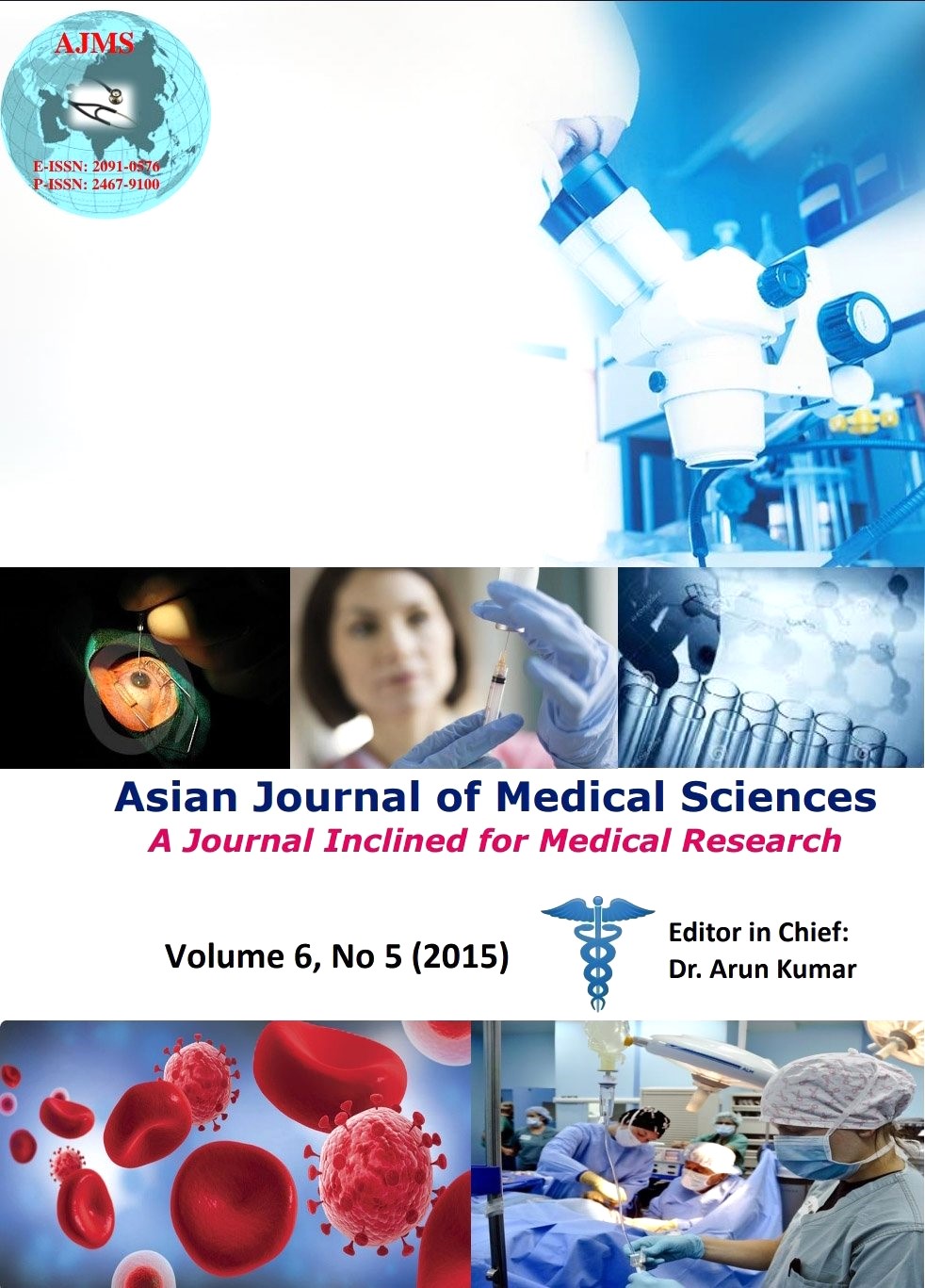Paediatric Obesity: An Anthropometric study of school children aged between (4-19) years
Keywords:
Obesity, overweight, paediatricAbstract
Background: World wide spreading on an alarming rate the new non-communicable disease with less paid attention as compared to other nutritional studies: Obesity is catching the attention of medical practioners and policy makers alike. Obesity trends are causing serious public health concerns not only in developed countries but also in the 3rd world countries (developing nations) like ours, as they are causing excusive burden on the viability of already compromised health care system.
Objective: This report present the urban anthropometric data of school going children of the state which came into existence not long ago, with varied health needs and limited health care resources: the state of Chhattisgarh. The study states the prevalence of obesity and overweight among school children of Raigarh district and focuses on tabulating BMI charts for Chhattisgarh State population’ as a data base is not available for the same till date.
Materials Methods: Data was collected from school going children of an urban school at Raigarh aged between 4-19 years for both girls and boys. Data was subjected to statistical analysis and results obtained were compared with the WHO guidelines and also postulated by Indian Academy of Paediatrics. Total 4421 students were subjected towards anthropometric measurements.
Result: The overall prevalence of obesity (i.e. Subjects having BMI more than 95th percentile) was 5.01 percent. Among boys it was 4.98 percent whereas among girls it was observed at 5.05 percent. Overweight children who ranged between 85th to 95th percentiles recorded a total share of 9.97 percent which was seen as 10 percent in boys and 9.92 percent in girls. But in adolescent age groups the prevalence calculated was far more than expected.
Conclusion: This latest data adds to the knowledge about the obesity trends in the newly developing state of Chhattisgarh and requires timely intervention by health authorities for its control.
DOI: http://dx.doi.org/10.3126/ajms.v6i5.12191
Asian Journal of Medical Sciences Vol.6(5) 2015 41-46
Downloads
Downloads
Published
How to Cite
Issue
Section
License
Authors who publish with this journal agree to the following terms:
- The journal holds copyright and publishes the work under a Creative Commons CC-BY-NC license that permits use, distribution and reprduction in any medium, provided the original work is properly cited and is not used for commercial purposes. The journal should be recognised as the original publisher of this work.
- Authors are able to enter into separate, additional contractual arrangements for the non-exclusive distribution of the journal's published version of the work (e.g., post it to an institutional repository or publish it in a book), with an acknowledgement of its initial publication in this journal.
- Authors are permitted and encouraged to post their work online (e.g., in institutional repositories or on their website) prior to and during the submission process, as it can lead to productive exchanges, as well as earlier and greater citation of published work (See The Effect of Open Access).




